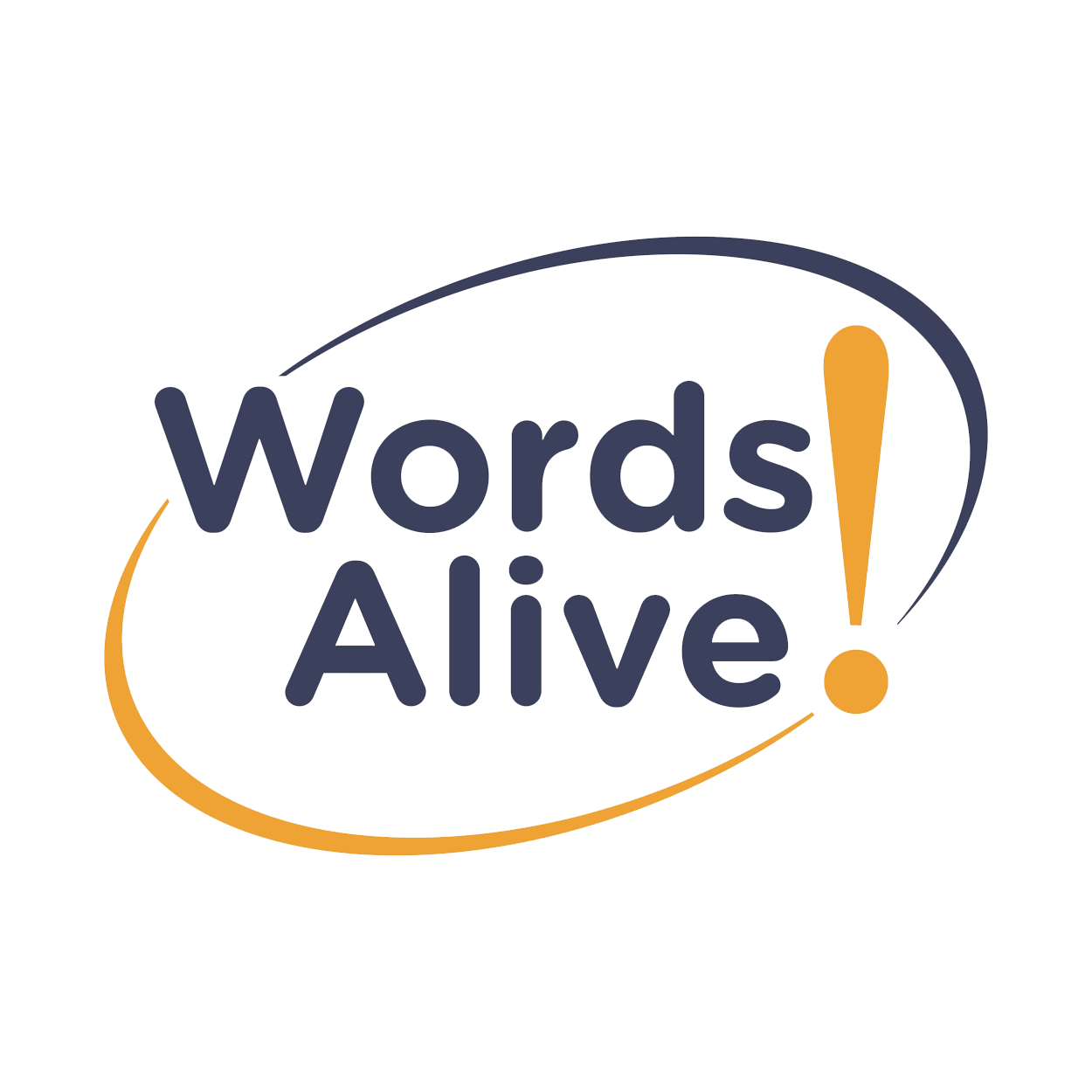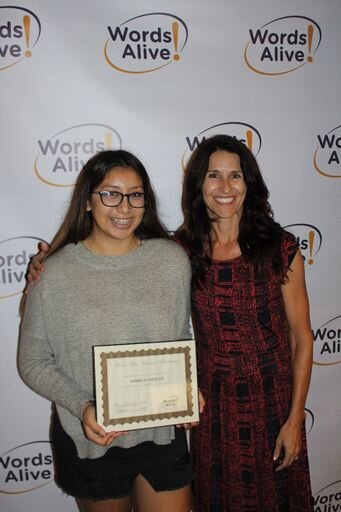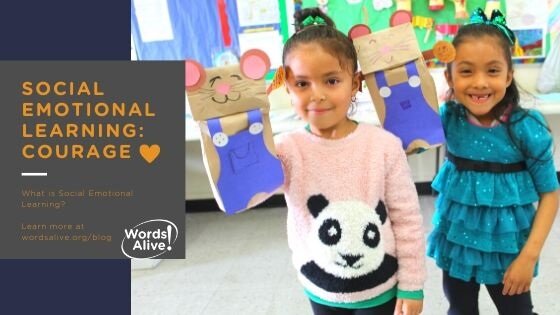Welcome to our new blog series, Plot Twist! Here, we'll be sharing the stories of people in the Words Alive community — stories of change, growth, and maybe a few surprising twists! We hope that through these stories, you'll get to know our community a little better and see the power of literacy come to life.
Meet Andrea Vazquez! She is one of our second-year Westreich Scholars and recently transferred to George Fox University in Oregon, where she studies sociology. We wanted to talk to Andrea about her educational journey so far and learn what it’s been like to start at a new school during the pandemic!
Andrea in her new dorm at George Fox University!
Andrea is 19 and first got involved with Words Alive through the Adolescent Book Group at Monarch School in her freshman year. Before she graduated, she applied for and received the Westreich Scholarship!
For her, the most rewarding part of being a Westreich Scholar was her mentor, Sonya. “We got along very well, and even though our lives were a little different, there was one common thing that we had, and it was that our parents just expected a lot more of us than we can give. It was really nice to be able to vent to someone who could completely understand me.” Sonya’s experience working in a school was valuable as Andrea explored options for her future: “We would go out to eat, and try to figure out what my major could be, what I could do with school, if I needed help with any of my essays.”
Andrea and her mentor Sonya in 2019.
Andrea began her college journey at a local school as a biology major, but over time, found that it wasn’t the path she wanted to pursue. “I realized that it’s not that I hate biology, but I was just doing it because my family wanted me to do it.” When she took a sociology class about the problems of society, she discovered a new passion. “It was just amazing. With the way I grew up, I feel like I could give back in a way with this degree.”
“I was working and taking care of my family and going to school full time so that really took a toll on me.”
Back in her senior year of high school, Andrea was accepted to George Fox University but ended up turning the offer down. “I said no, because I needed to help my mom out. I felt bad leaving,” she says. But focusing on her schoolwork was difficult that first year. “I was working and taking care of my family and going to school full time so that really took a toll on me and I didn’t do so well in a lot of my classes.” When she received a letter from George Fox saying that she was still welcome on campus, she decided to take the opportunity to transfer. As she planned her move to Oregon, she told herself, “I guess we’ll see if it’s just me not being good in school, or if it’s my environment.”
“It was my environment,” she concludes firmly, five weeks into the new school year. With more time and space to dedicate to her education, she is happy to report that her grades have improved. She pointed to a recent test as an example: “I just took a math test, and I’m not the best at math, and it really showed last year. But I actually got a B+ and I was really proud of myself! It made me realize that this year will be a lot easier than before.”
Still, it’s no small feat to change schools and move to a different state in the midst of a global pandemic. Many aspects of the quintessential college experience are missing, replaced by COVID restrictions. “I can’t leave my room to go shower without a mask on!” Andrea says, laughing. “I just expected to get sent home. I was really scared at first, because I thought it was just going to be taken away again, and my freshman year got taken away already.”
But she has no regrets about moving. “Obviously it gets stressful, but I can take all day and just focus on myself instead of focusing on other people and only having half an hour to myself to do homework, which is really, really awesome.” She loves the kind professors and the small class sizes at George Fox and is excited about the opportunity to reconnect with her faith at a Christian school.
A screenshot of Andrea from our Zoom call.
Andrea appreciates being able to keep in touch with Words Alive throughout this transition. “When I first moved in, [Jess, our Teen Services Program Director] was like, ‘How is it?’ and I was like, ‘You remembered!’ It’s been really nice to hear from people, and actually know that they’re listening to what I’m doing.”
Reflecting on what she’s learned about herself through this journey, Andrea spoke about the importance of self-care and prioritizing her education. “Putting myself first matters sometimes. In situations like this, this is my education that’s going to determine the rest of my life, so it’s important. It’s okay to be selfish.”
“Putting myself first matters sometimes. In situations like this, this is my education that’s going to determine the rest of my life, so it’s important. It’s okay to be selfish.”
In the future, she says, “I really want to help people and be able to give back to my community. Our world is really crappy right now, so I want to be able to help be the change for that.” One of her biggest goals is to be able to give back to Monarch School because of the difference caring, understanding teachers and adults made in her life as a student there.
Andrea, we’re so proud of you for taking this step towards reaching your goals. Congratulations on your transfer, and we can’t wait to see how you change the world in the future!


















